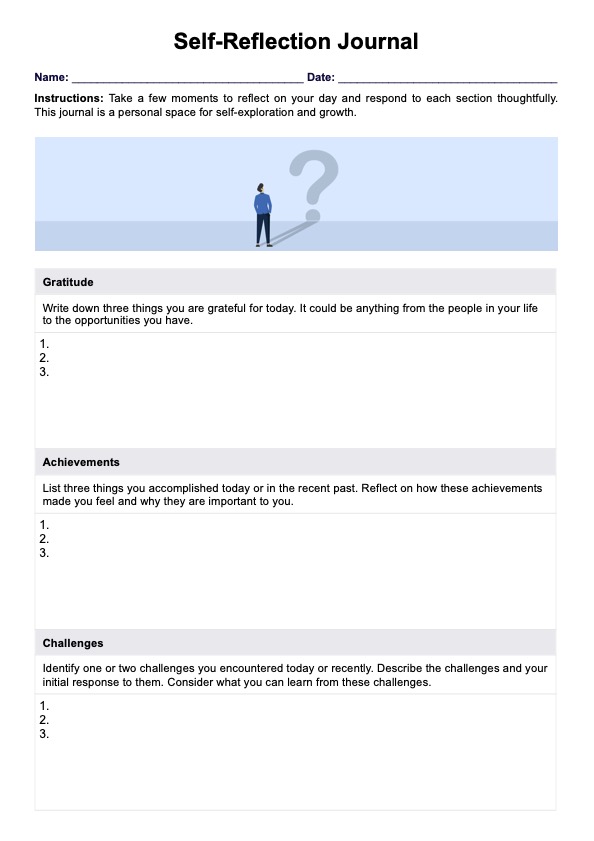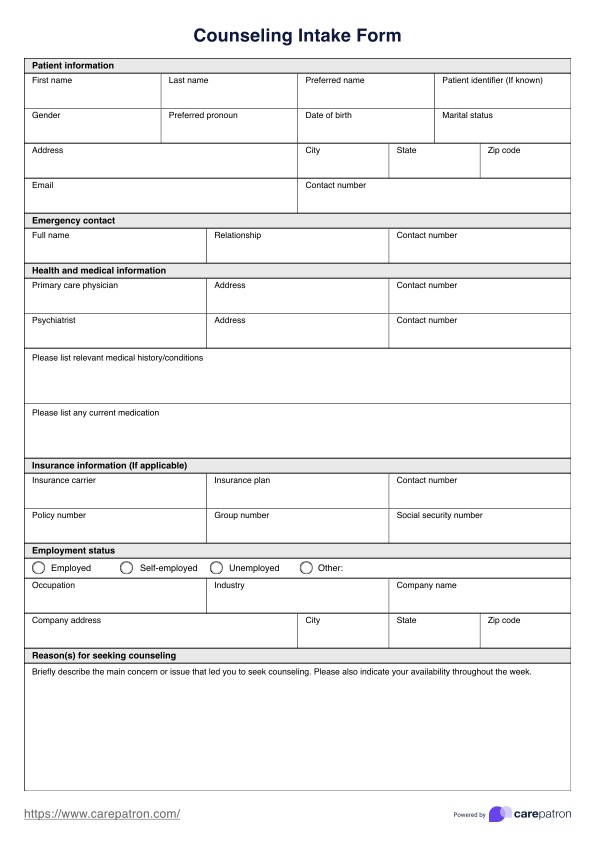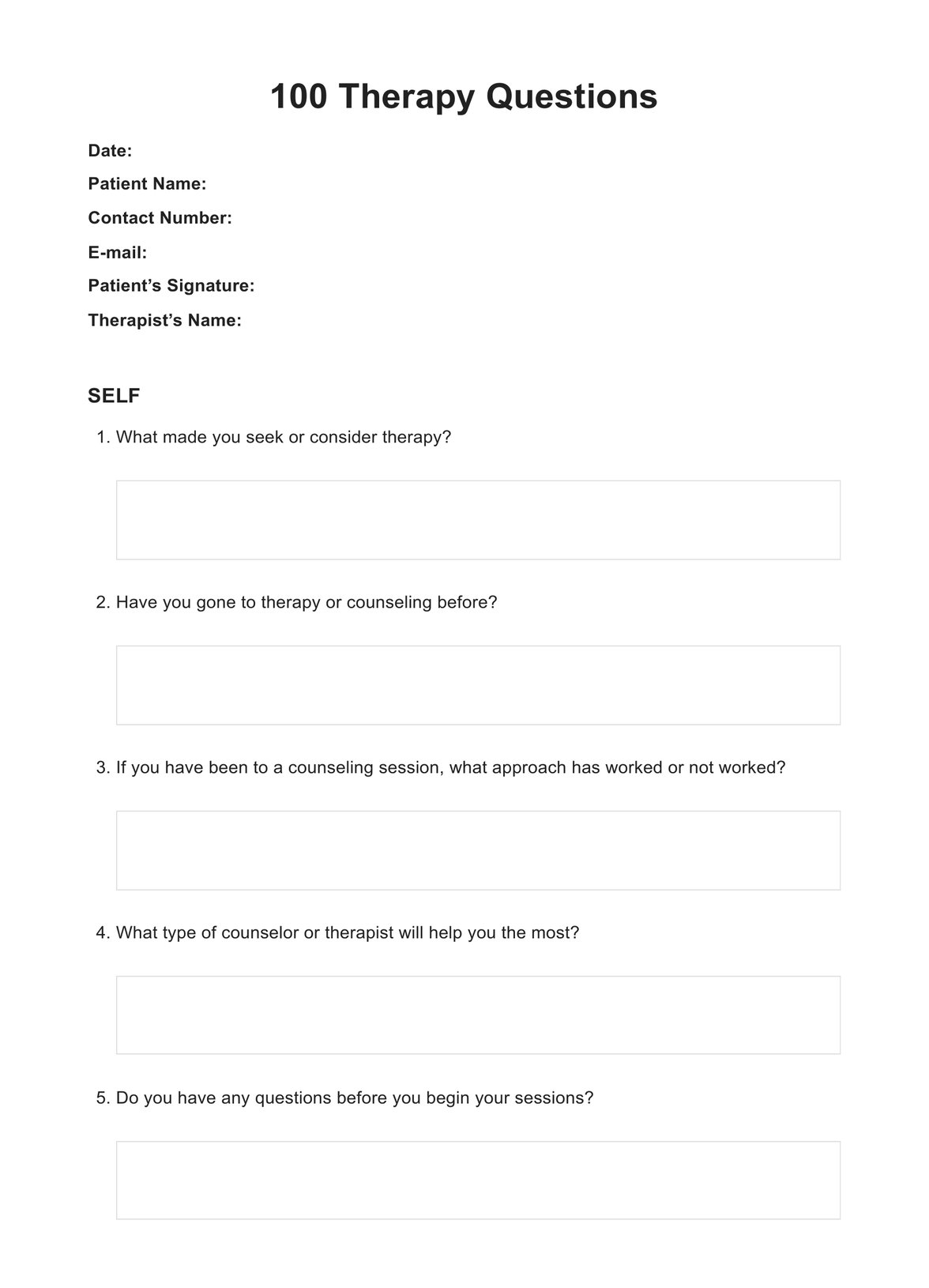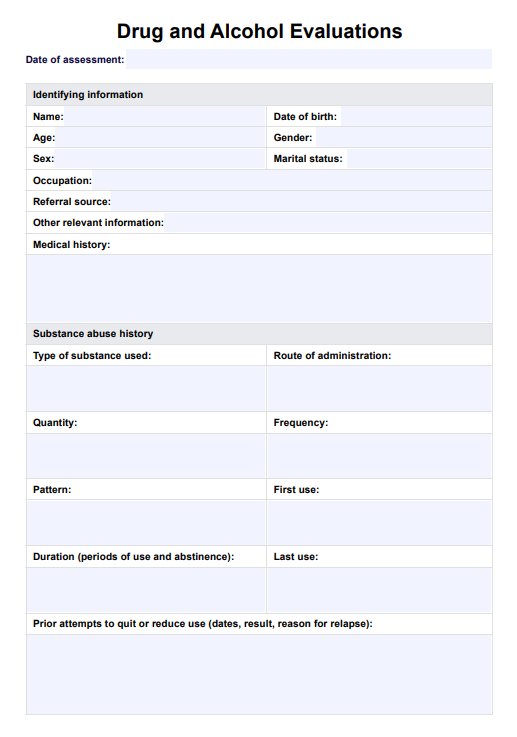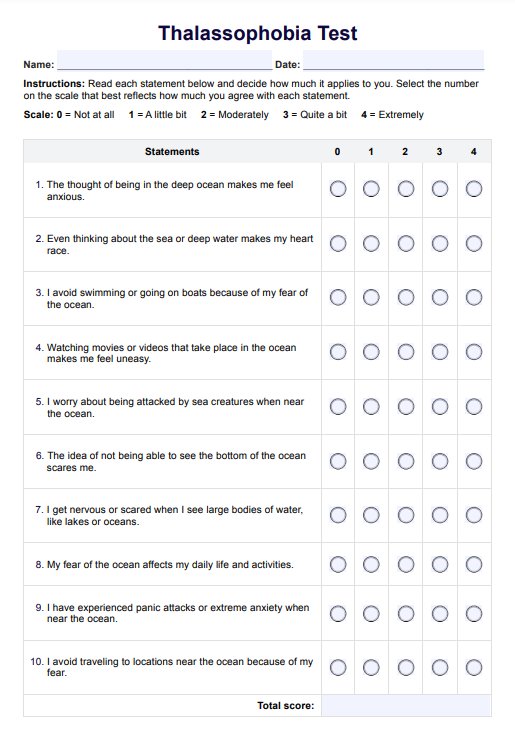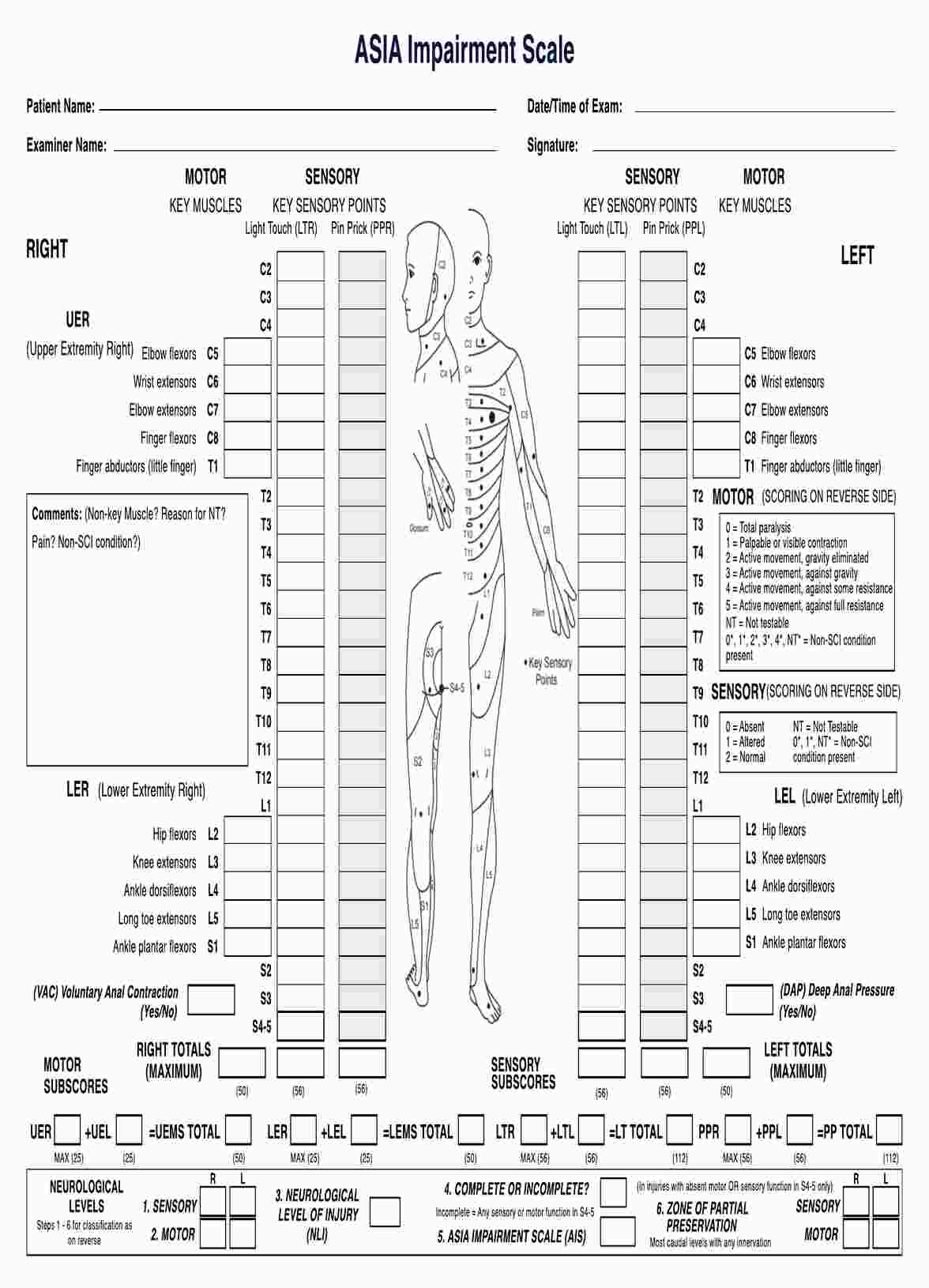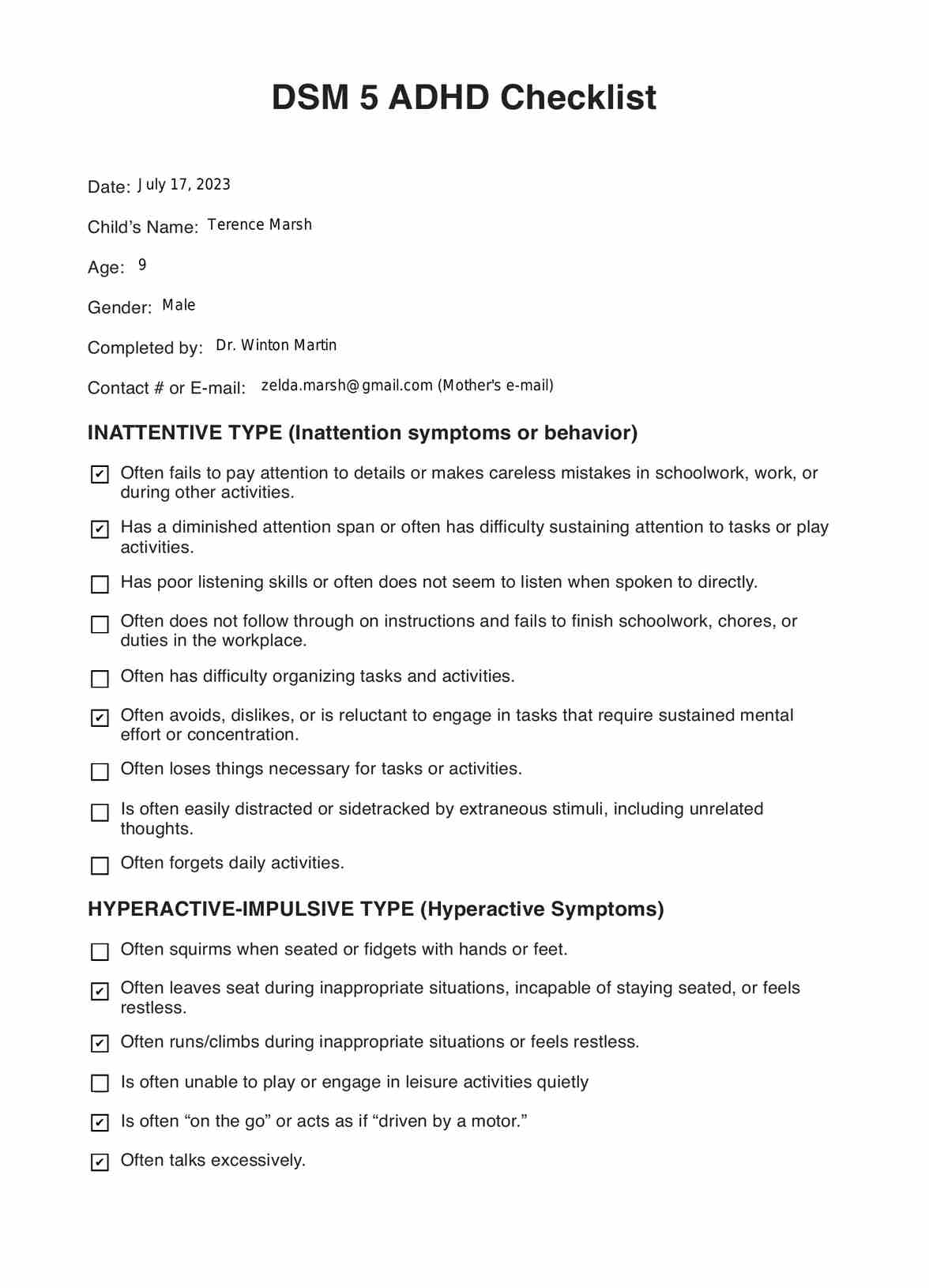Inner Child Worksheets PDF
Try the transformative power of Inner Child Worksheets PDF. Heal past wounds, foster self-discovery, and embrace authenticity with our guide and template.


What is the concept of the inner child?
The concept of the inner child is a psychological construct that represents the part of an individual's psyche that retains the innocence, curiosity, and emotions of childhood. This concept suggests that our experiences and feelings from childhood continue to influence our thoughts, behaviors, and emotional responses as adults. The term "inner child" was popularized by psychologist Carl Jung, who referred to it as the "divine child" archetype, highlighting its importance in personal development and individuation.
The inner child can manifest in various ways, such as in our playful, spontaneous, and creative aspects, but also in our fears, insecurities, and unhealed wounds from childhood. Recognizing and nurturing the inner child is believed to be crucial for emotional healing, self-awareness, and personal growth.
What is an inner child wound?
An inner child wound refers to childhood trauma or unmet needs experienced during childhood that continue to impact an individual's emotional well-being and behavior in adulthood. These wounds can result from various experiences, such as neglect, abuse, or overly critical parenting.
Symptoms of inner child wounds may include low self-esteem, trust issues, emotional dysregulation, difficulties in relationships, and a harsh inner critic.
What brings out your inner child?
Activities and experiences that evoke a sense of playfulness, joy, and wonder can bring out one's inner child. This could include engaging in creative pursuits, spending time in nature, playing games, or indulging in simple pleasures reminiscent of childhood.
Embracing and nurturing the inner child can lead to a more balanced and fulfilling life. It allows individuals to reconnect with their authentic selves and heal from past traumas.
Inner Child Worksheets PDF Template
Inner Child Worksheets PDF Example
What are Inner Child Worksheets?
Inner Child Worksheets are therapeutic tools designed to help individuals explore, understand, and heal their inner child, contributing to their overall mental health. These worksheets typically include a series of prompts, questions, and exercises that guide users through self-reflection and emotional expression related to their childhood experiences and their impact on current behavior and feelings.
Inner Child Worksheets try to create a safe and structured space for individuals to connect with their inner child, address unresolved issues, and cultivate a nurturing and supportive relationship with themselves. They are commonly used in therapy, especially in modalities such as inner child work, trauma-informed therapy, and psychoanalysis. They are valuable for both therapists and individuals seeking personal growth.
By working through the worksheets, a person can gain insights into their past, identify patterns that may be holding them back, and develop strategies for self-compassion and healing. This process can lead to significant emotional healing, improved self-esteem, and a more authentic and fulfilling life.
What does our Inner Child Worksheets PDF template contain?
Our Inner Child Worksheets PDF template is a comprehensive collection designed to facilitate inner child healing and exploration. Each section is its own worksheet, tailored to address different aspects of the inner child's world, providing a holistic approach to self-discovery and healing.
Inner child visualization worksheet
This worksheet guides individuals through an inner child meditation and visualization exercise to connect with their inner child. It includes prompts to imagine a safe and nurturing space where they can interact with their younger self, explore emotions and memories, and offer comfort and support to the inner child.
Inner child dialogue worksheet
This worksheet encourages individuals to engage in a written conversation with their inner child. It provides a structured format for asking questions, listening to the inner child's responses, and offering reassurance and validation. This exercise helps individuals understand and address the needs and feelings of their inner child.
Inner child playfulness worksheet
This worksheet focuses on reconnecting with the joy and playfulness of childhood. It prompts individuals to recall favorite childhood activities and explore ways to incorporate playfulness into their adult lives. The aim is to rekindle a sense of wonder and spontaneity, which can be healing and rejuvenating.
Inner child healing letter worksheet
The healing letter worksheet involves writing a letter to the inner child, expressing love, understanding, and a commitment to healing. This exercise allows individuals to acknowledge past pain, offer support, and affirm their dedication to nurturing their inner child. Writing a healing letter can be a powerful tool for emotional release and self-compassion.
Overall, our Inner Child Worksheets PDF template provides a structured and supportive framework for individuals to explore and heal their inner child, leading to greater self-awareness, emotional well-being, and personal growth.
How does our Inner Child Worksheets PDF template work?
Our Inner Child Worksheets PDF template is grounded in several psychological principles and therapeutic approaches, which collectively facilitate a healing and transformative process for individuals exploring their inner child. Here's an overview:
Psychodynamic principles: Providing a safe space for exploration
Psychodynamic therapy emphasizes the impact of unresolved childhood experiences on adult behavior and emotional well-being. The template creates a safe and structured environment for individuals to explore their inner child, gently uncovering and addressing unresolved childhood emotions, traumas, and needs. This exploration is a key aspect of reparenting, where individuals provide the nurturing and validation that may have been lacking in their childhood.
Inner child work: Facilitating self-reflection and emotional expression
Inner child work focuses on acknowledging, embracing, and integrating the inner child into the adult self. The prompts and questions in the worksheets encourage deep self-reflection and emotional expression, helping individuals gain insights into their past experiences and how they continue to influence their present behavior and emotional well-being. This process is essential for emotional healing and personal growth.
Cognitive-behavioral therapy (CBT) concepts: Encouraging healing and self-compassion
While not a pure CBT approach, inner child worksheets can incorporate elements of cognitive reappraisal and behavioral activation. Individuals challenge and reframe negative beliefs formed in childhood and engage in activities that bring joy and satisfaction. The exercises in the template are designed to foster healing and self-compassion, enabling individuals to resolve past wounds and cultivate a nurturing relationship with themselves.
Self-compassion and mindfulness: Promoting personal growth and transformation
The healing letter worksheet promotes self-compassion, encouraging individuals to treat themselves with kindness and understanding during times of suffering. The visualization and dialogue worksheets encourage mindfulness, bringing awareness to present emotions and experiences related to the inner child. Through the process of exploring and healing their inner child, individuals can experience significant personal growth and transformation, supported by the comprehensive and holistic approach of the template.
Overall, our Inner Child Worksheets PDF template works by providing a supportive framework for individuals to engage with their inner child, leading to greater self-awareness, emotional healing, and personal development.
Benefits of using such worksheets
Inner Child Worksheets offer a range of benefits for individuals seeking to explore and heal their inner child. Here are some of the key advantages:
- Enhanced self-awareness: The worksheets provide a structured framework for individuals to reflect on their childhood experiences and emotions. This can lead to a deeper understanding of oneself and being aware of the root causes of current behaviors and feelings.
- Emotional healing: By addressing unresolved childhood traumas and wounds, individuals can work through their pain and begin the healing process. The worksheets offer a safe space for emotional expression and catharsis.
- Improved relationships: Understanding and healing the inner child can lead to healthier relationships. Individuals may develop better communication skills, empathy, and emotional intelligence, which can enhance their interactions with others.
- Increased self-compassion: The exercises encourage self-compassion and kindness towards oneself. This can help individuals develop a more nurturing and supportive relationship with themselves.
- Personal growth and transformation: Engaging with the inner child can lead to significant personal growth. Individuals may discover new aspects of themselves, develop new coping strategies, and experience a greater sense of wholeness and authenticity.
How can therapists help people tap into their inner child?
Therapists play a crucial role in helping individuals tap into their inner child, a process that is deeply rooted in various psychological principles and therapeutic approaches; several of them form the same foundation of our Inner Child Worksheets PDF template.
Here are some ways therapists can assist in this process:
- Creating a safe and trusting environment: Therapists can provide a safe and non-judgmental space where individuals feel comfortable exploring their inner child. This aligns with the psychodynamic principle of providing a safe space for exploration.
- Guiding visualization and imagery exercises: Therapists can use techniques from the Inner Child Visualization Worksheet to help clients visualize their inner child, create a nurturing space, and engage in meaningful interactions with their younger self.
- Facilitating open dialogue: Using approaches from the Inner Child Dialogue Worksheet, therapists can encourage clients to engage in a conversation with their inner child, allowing for the expression of emotions, needs, and desires.
- Encouraging playfulness and creativity: Therapists can incorporate elements from the Inner Child Playfulness Worksheet to help clients reconnect with the joy and spontaneity of their inner child, fostering a sense of playfulness and creativity in their lives.
- Promoting self-compassion and healing: Therapists can guide clients in writing a healing letter to their inner child, as seen in the Inner Child Healing Letter Worksheet. This exercise encourages self-compassion, forgiveness, and a commitment to nurturing the inner child.
- Integrating CBT and mindfulness techniques: Therapists can use cognitive-behavioral therapy concepts to challenge negative beliefs formed in childhood and mindfulness techniques to bring awareness to the present moment, enhancing the connection with the inner child.
By utilizing these strategies and drawing upon the psychological principles behind inner child work, therapists can effectively help individuals tap into their inner child, leading to emotional healing, self-discovery, and personal growth.
Commonly asked questions
Persistently feeling insecurity, unworthiness, or unresolved emotional pain from childhood, it may indicate that your inner child needs healing.
Healing your inner child is crucial for emotional well-being, as it addresses deep-seated issues from childhood that can affect your relationships, self-esteem, and overall happiness as an adult.
The healing process for the inner child varies depending on the individual and the extent of their childhood wounds. It can be a lifelong journey of self-discovery and growth.


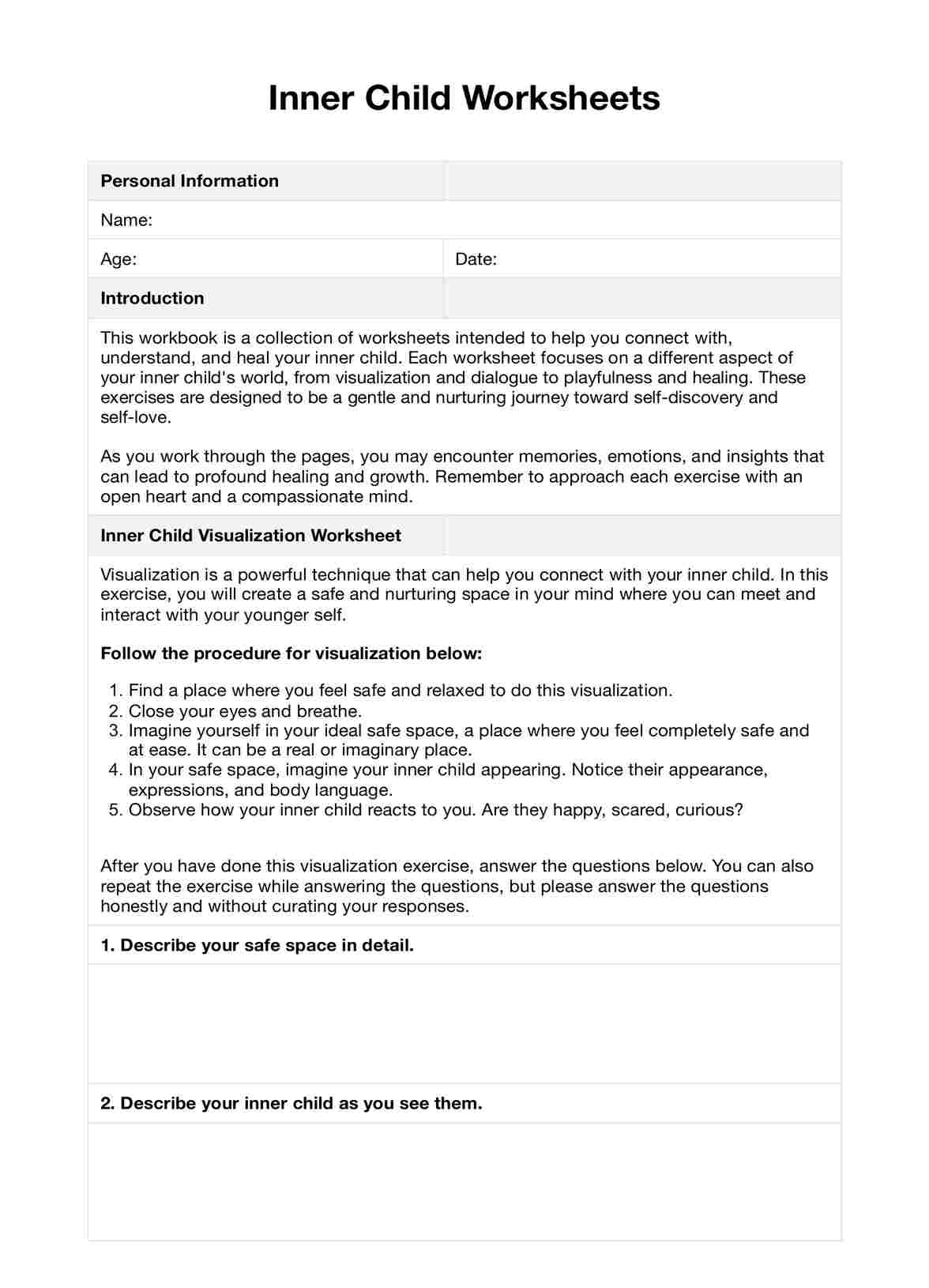
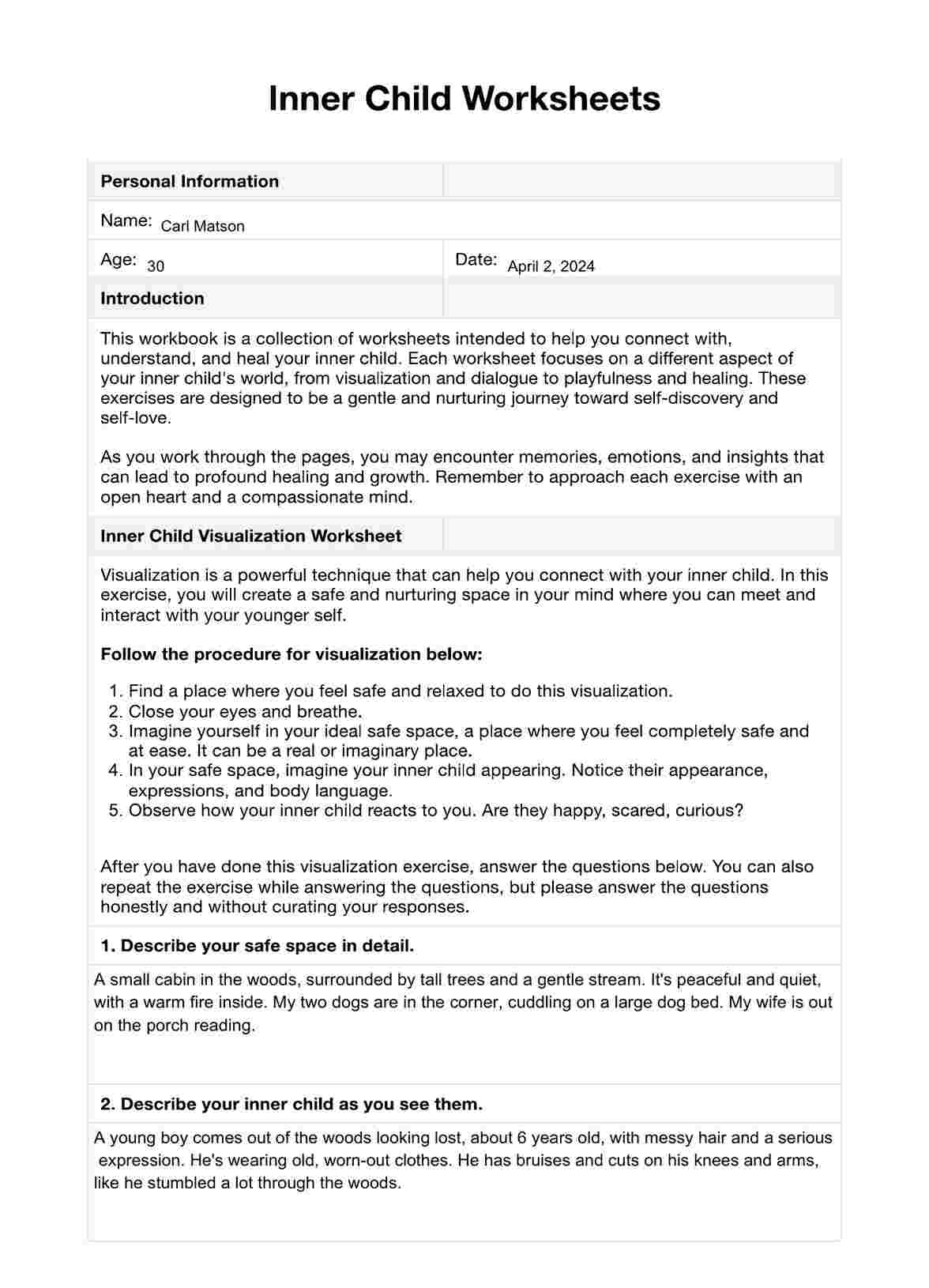

















-template.jpg)



















































































